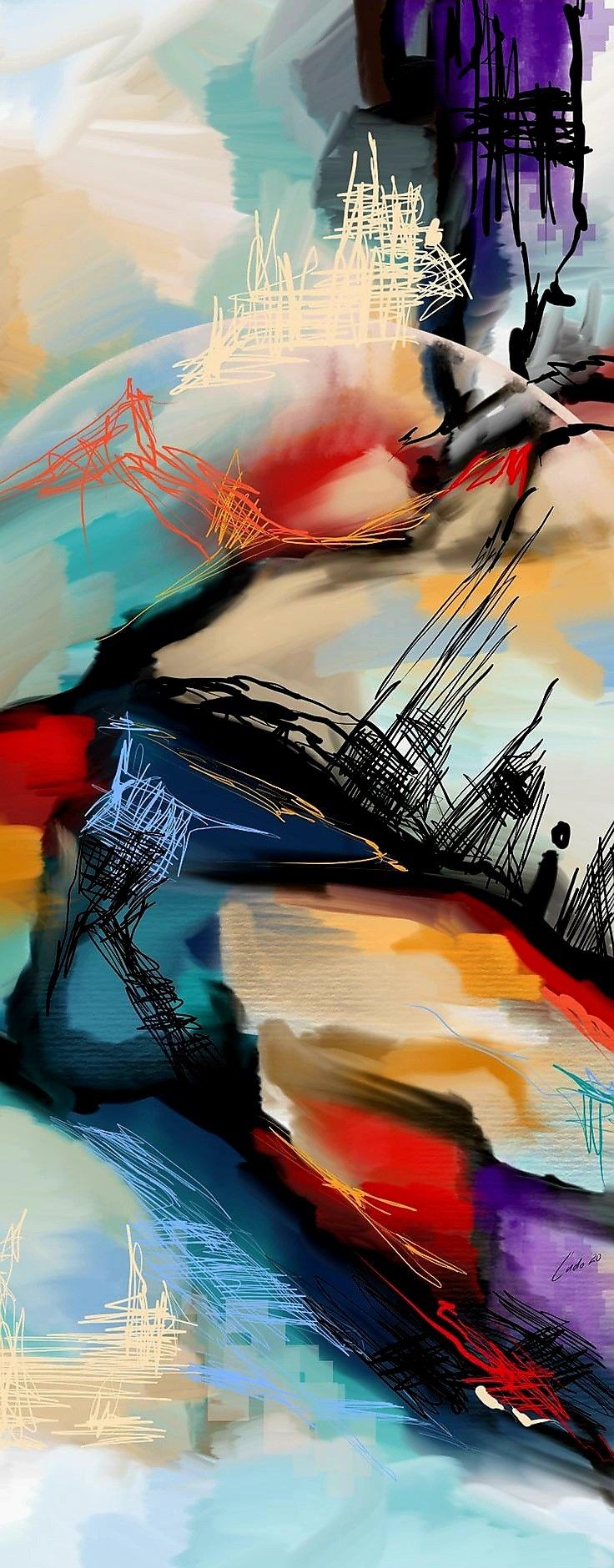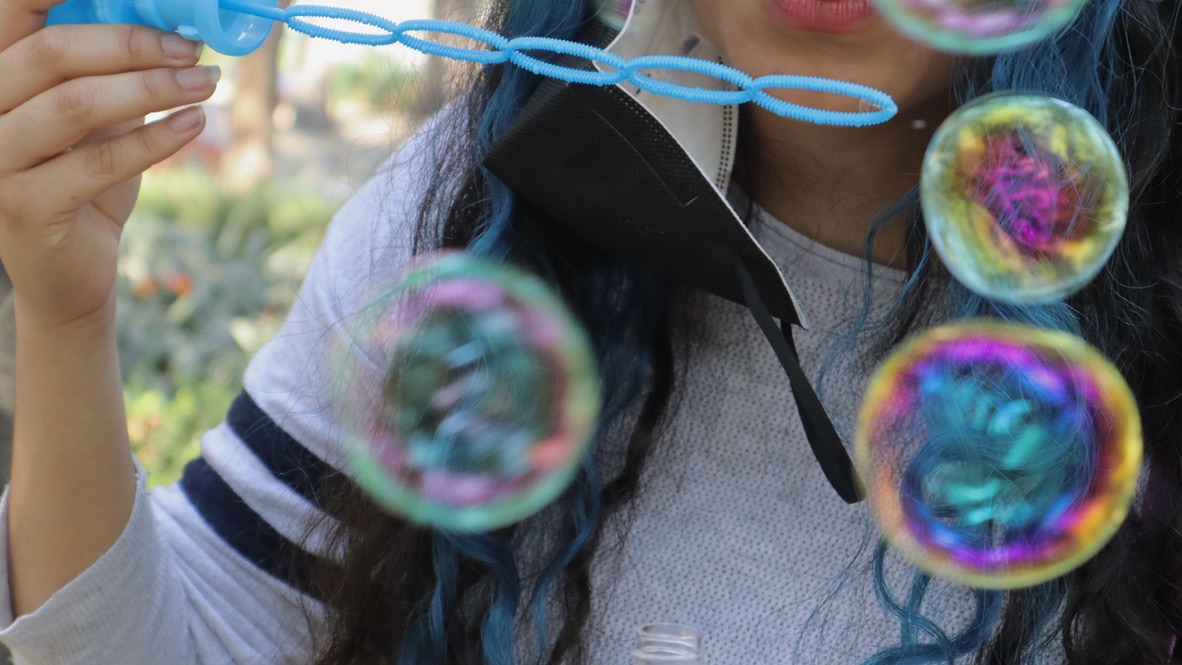After meeting a friend who works in costume and stage design at Rokkotsu-za, I went to see a performance.
The lights painted the dancers’ skin and costumes in endless waves of color, sketching their silhouettes as they moved. Muscles carved through the air with precision—motion after motion, then held still. Their swaying, vibrating bodies radiated a powerful energy, and in my mind, two seemingly contradictory words surfaced: “vigorous yet graceful.”
The dancer’s control over their body was masterful. Amid the elegance of their movements was a touch of effortless ease. The music slowed, then quickened, then slowed again, as they wove themselves into the narrative, gradually revealing their presence. Light and shadow pulsed with the operatic swells of the BGM—a blue-lit profile, a pink-hued torso, golden body hair, orange dimples. Their body was a palette of light.
Scattered beams traced the ridges between their rectus abdominis and external oblique muscles, settled into the hollow of their clavicle, and illuminated the floating white-and-blue sleeves spinning in midair. The layered skirts billowed unpredictably under the shifting spotlights.
At the center of the stage, they struck a pose—the quadratus femoris and gluteus maximus tensed and released in measured control. Their long legs distributed force evenly, the muscles along their calves subtly defined. Their chest—rising with breath—stood firm in the soft blue glow. Their spinning hips, flexed latissimus dorsi, pointed toes, and knees slightly reddened from friction against the stage—I couldn’t look away.
I was awestruck. The meticulous choreography of light, music, movement, costume, and rhythm felt so deliberate, so profound. It was as if a painting had slipped out of a museum and begun to dance.
How could one even begin to capture a fraction of this beauty in a Unity model? To render this raw passion and intensity, this cunning and ease?
What lingers in memory is not just the music, or the seamless precision of each transition, or the cascading layers of fabric in motion—but the dancer’s eyes. That gaze—half smile, half smirk—self-assured, utterly immersed in their own world, and utterly indifferent to the one watching.
之前结识了一位在ロック座做服化道的朋友后,我去欣赏了一次表演。
灯光在舞者的衣服和皮肤上不断画下一轮又一轮新的彩绘,勾勒着舞者的身形轮廓,有力的肌肉在空中划下一个又一个动作,又定住。摇摆和抖动的身躯具有相当不错的力量感,我的脑海中立刻闪现出两个看似冲突的形容词“蓬勃又优美”。
舞者对肌肉和躯干的控制炉火纯青,优雅的舞姿中带着一丝惬意,音乐的节奏由慢入快又入慢,她穿梭在编织好的故事中缓缓露出真容。光影随着bgm中歌剧的起伏闪烁斑斓,蓝色的侧脸,粉色的身躯,金色的汗毛,橙色的酒窝,身躯是光的调色盘。细碎的光线洒在腹直肌和腹外斜肌间凹陷的肌理上,落在阴影中的锁骨沟,蓝色和白色的长袖在空中飞舞,包裹的裙摆在聚光灯中变化莫测。舞者定格在舞台中央,收紧的股方肌和臀大肌张弛有度,修长的双腿发力均匀,小腿侧面露出肌肉的线条,而乳峰和胸大肌挺立在淡蓝色的灯光中,旋转的髋骨、结实的背阔肌、绷紧的双脚、因为摩擦地面而微微发红的膝盖,我没有办法移开视线和止住我的赞叹:这井然有序又充满美学设计的灯光、音乐、演员专业的动作、衣服、节奏是这样完美和震撼人心,一定是美术馆里的油画偷偷跑了出来。该如怎样调配才能在unity的建模中勾勒出舞者的万分之一美?描摹出这样的赤诚和热烈,狡猾和惬意?
我想,令人细细咀嚼的,是音乐,是每一幕自然而精巧的衔接,是层层叠叠翩翩起舞的衣袂,更是舞者自信而又陶醉在自我的世界中对旁人不屑一顾的那双似笑非笑的眼睛。



